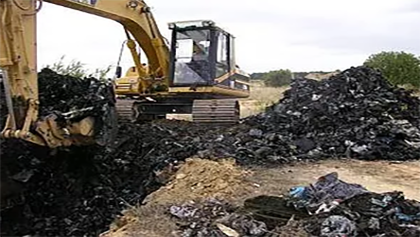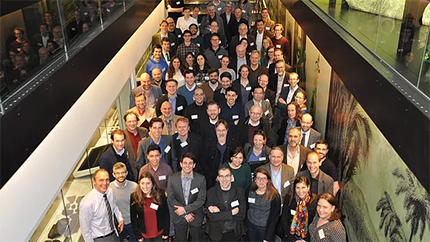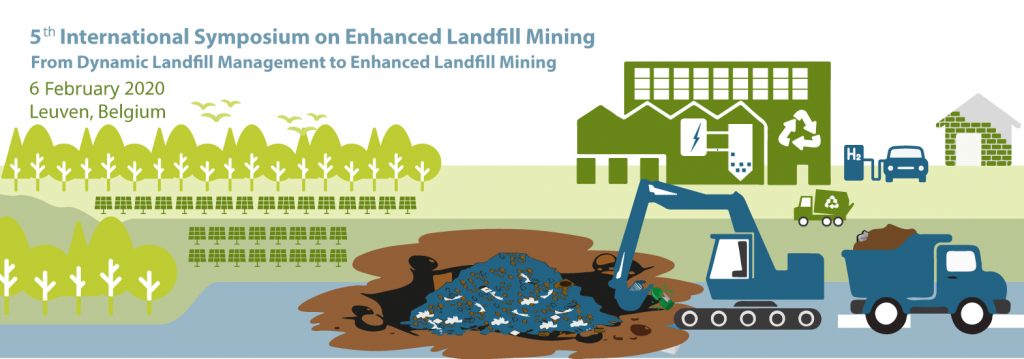LFM POTENTIAL ASSESSMENT AT MOITA'S DUMPSITE
PortugalPartners
New University of Lisboas, Armarsul, S.A.
Contact
Garça Martinho
Departamento de Ciências e Engenharia do Ambiente Faculdade de Ciêncas e Tecnologia
Universidade Nova de Lisboa
Campus de Caparica
2829-516 Caparica
E. mgm@fct.unl.pt
T. +35 121 294 853 8
Visit: www.unl.pt
GENERAL DESCRIPTION
The project intended to study the landfill mining potential of the closed Moita dumpsite, in Palmela, owned by Amarsul, S.A. company. To study it was characterized the landfilled waste and the study of technologies to process mechanically waste. Secondary objectives of this project were:
-
Visual observation of waste degradation state.
-
Evaluation of temporal profile and deepness through waste composition.
-
Quantities estimative eventually disposed by waste component.
-
Understand the difficulties to conduct dumpsite waste characterization and provide new measures and errors to avoid in similar works.
To study this technique it was necessary to characterize the area where the dump is located, as well as the landfilled waste. To achieve this goal, it was conducted a campaign involving landfilled waste characterization and the amount of each component found.
This characterization and the information obtained through literature review made the definition possible of different scenarios for the final destination of those wastes. Three different scenarios were investigated on their economic viabilities using a model that allows to check the practicability of waste recovery that each equipment can process.
PROJECT GOALS
To study the possible recovery of Moita’s dumpsite through landfill mining, in terms of costs involved, possible revenues and technology needed.
FUNDING TYPE: Amarsul, Valorização de Resíduos, S.A. (waste management company)
BUDGET: € 35.000
SUBSIDY:
A doctoral scholarship was granted by Foundation for Science and Technology. Amarsul has subsidized all the work from their collaborators and machines used.
RESULTS:
Some objects found like newspapers and packaging waste were not decomposed, being possible to date the waste: 1987 and 1996. Most representative components are fines, followed by combustible material and inerts and stones. The amount of waste disposed estimated was around 900 thousand cubic meters, corresponding to around 700 tons of waste.
The best option found to recover the dumpsite would be the one including a mechanical-biological treatment unit, because it would allow a better material recovery. However, the operational cost would be considerable.




